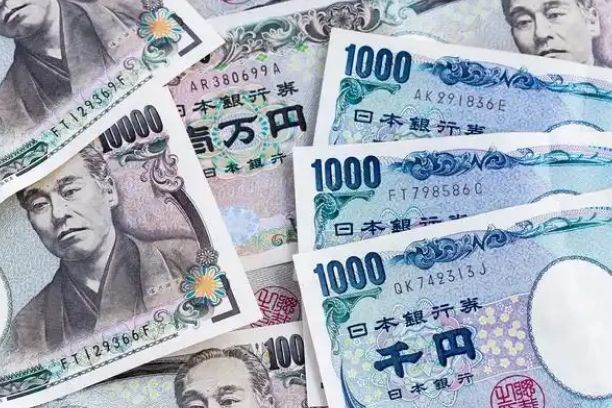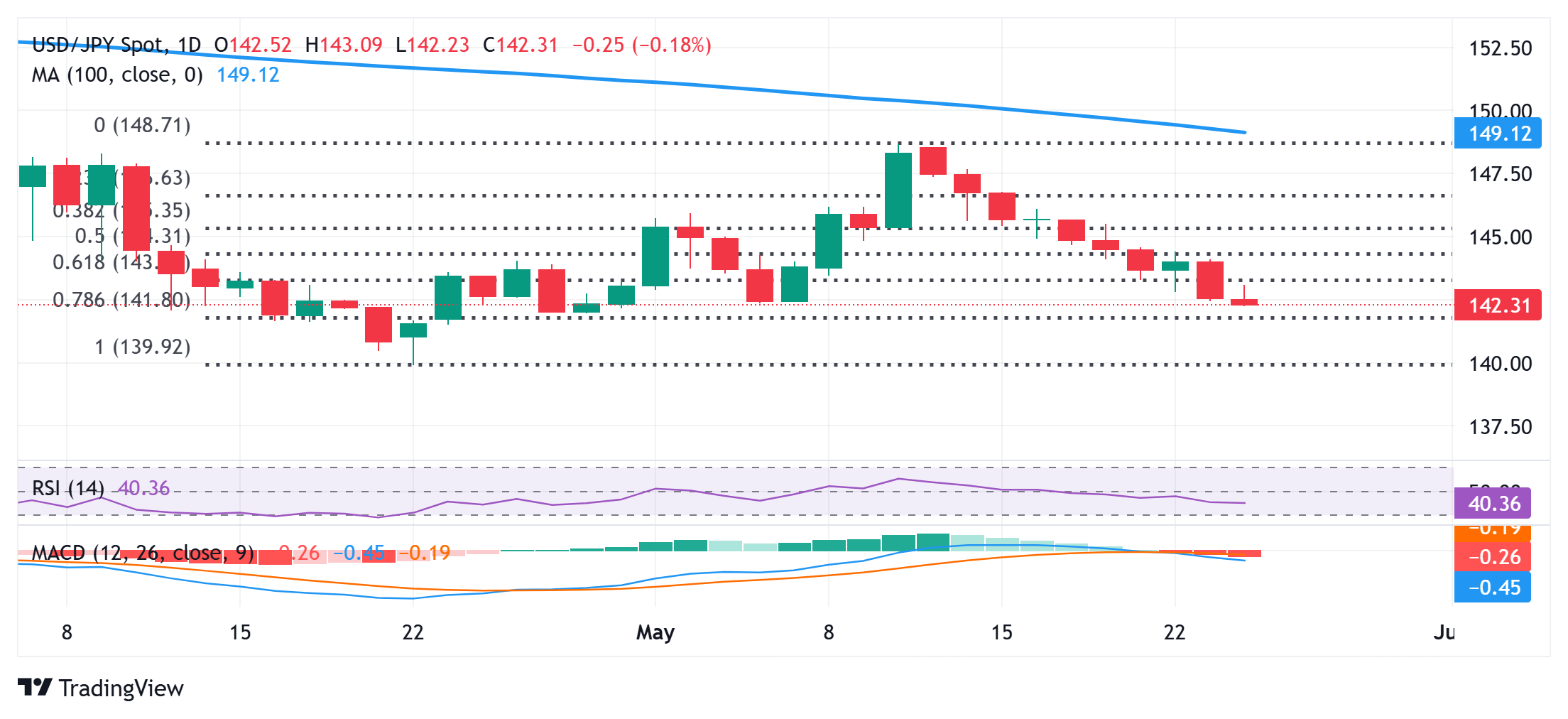
The Japanese Yen turns higher against a broadly weaker USD following an early Asian session slide.
Hopes for an eventual US-Japan trade deal, BoJ rate hike bets and geopolitical risks underpin the JPY.
US fiscal concerns and dovish Fed expectations weigh on the USD, exerting pressure on USD/JPY.
The Japanese Yen (JPY) reverses a modest Asian session downtick against a broadly weaker US Dollar (USD) and touches a fresh monthly high during the Asian session on Monday. Japan's Prime Minister Shigeru Ishiba said on Sunday that he aims to achieve a trade agreement with the US during the Group of Seven (G7) summit on June 15. This comes on top of the growing acceptance that the Bank of Japan (BoJ) will continue raising interest rates and act as a tailwind for the JPY.
Apart from this, rising geopolitical risks stemming from the protracted Russia-Ukraine war and conflicts in the Middle East turn out to be another factor benefiting the JPY's relative safe-haven status against its American counterpart. Meanwhile, concerns about rising US fiscal deficit and expectations that the Federal Reserve (Fed) will eventually step in to support economic growth drag the USD to a near one-month low. This further contributes to the USD/JPY pair's slide.
Japanese Yen bulls retain control amid trade optimism, hawkish BoJ expectations
Following a third round of Japan-US talks, Japan's Prime Minister Shigeru Ishiba said on Sunday that Tokyo aims to advance tariff talks with the US, with the goal of achieving an outcome during the Group of Seven summit next month. Moreover, Japan's top tariff negotiator Ryosei Akazawa said that the schedule for the next Japan-US talks is being arranged and that he hopes to meet US Treasury Secretary Scott Bessent during his next visit.
Friday's hotter-than-expected consumer inflation figures from Japan, along with expectations that higher wages will boost prices, keep the door open for further policy tightening by the Bank of Japan. In fact, BoJ officials recently showed a willingness to hike interest rates again if the economy and prices improve as projected. Investors, however, now seem convinced that policymakers will assess tariffs and trade flows before making the next move.
On the geopolitical front, Russian forces launched a massive drone and missile attack across Ukrainian cities, marking the war's largest aerial attack to date. Speaking to reporters, US President Donald Trump called the attack unacceptable and said that he was considering new sanctions against Russia. Meanwhile, Israeli strikes over the past 24 hours killed at least 38 people in Gaza, including children. Israel had said earlier that it plans to seize full control of Gaza.
Trump's sweeping tax cut and spending bill is expected to add around $4 trillion to the nation's deficit over the next 10 years and swell the federal government's debt. Moreover, traders have been pricing in the possibility that the Federal Reserve will lower borrowing costs further this year. This, in turn, drags the US Dollar to a nearly one-month low and also benefits the lower-yielding JPY, which, in turn, supports prospects for a further USD/JPY depreciation.
The focus now shifts to this week's important US macro releases – Durable Goods Order on Wednesday, followed by the Prelim GDP print and the Personal Consumption Expenditure (PCE) Price Index on Thursday and Friday, respectively. Apart from this, the FOMC meeting minutes on Wednesday will play a key role in influencing the USD price dynamics, which, along with Tokyo CPI on Friday, should provide some meaningful impetus to the USD/JPY pair.
USD/JPY seems vulnerable to slide further, last week’s breakdown below 143.00 in play

From a technical perspective, an intraday failure near the 143.00 round-figure mark validates last week's breakdown below the 61.8% Fibonacci retracement level of April-May move higher. Adding to this, oscillators on the daily chart have been gaining negative traction and suggest that the path of least resistance for the USD/JPY pair remains to the downside. Some follow-through selling below the 142.00 mark will reaffirm the bearish outlook and drag spot prices below the 141.55 intermediate support, towards the 141.00 round figure. The subsequent downfall would expose the year-to-date low, or levels below the 140.00 psychological mark touched on April 22.
On the flip side, the Asian session peak, around the 143.10 area, now seems to act as an immediate hurdle, above which a bout of a short-covering move could lift the USD/JPY pair to the 143.65 region en route to the 144.00 round figure. The latter should act as a strong barrier, which, if cleared, could pave the way for a further recovery. However, the move higher might still be seen as a selling opportunity near the 144.80 zone and remain capped near the 145.00 psychological mark.
* The content presented above, whether from a third party or not, is considered as general advice only. This article should not be construed as containing investment advice, investment recommendations, an offer of or solicitation for any transactions in financial instruments.


